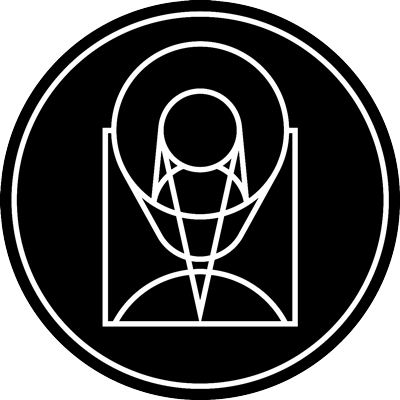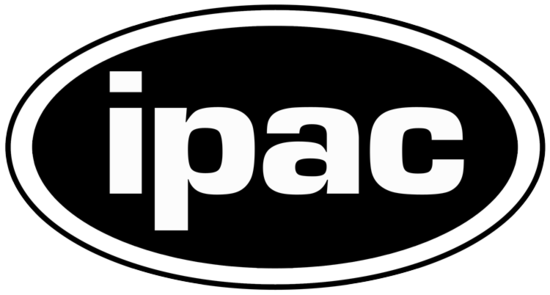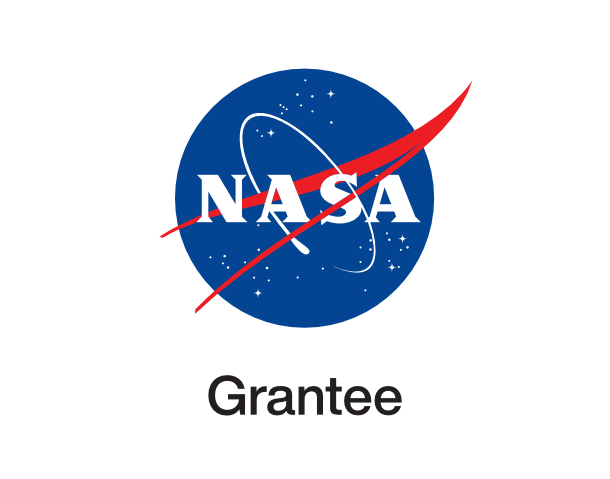Abell 2218

stsci_1995-14a April 5th, 1995
Credit: Reta Beebe, Amy Simon (New Mexico State Univ.), and NASA
This NASA Hubble Space Telescope image of the rich galaxy cluster, Abell 2218, is a spectacular example of gravitational lensing. The arc-like pattern spread across the picture like a spider web is an illusion caused by the gravitational field of the cluster. The cluster is so massive and compact that light rays passing through it are deflected by its enormous gravitational field, much as an optical lens bends light to form an image. The process magnifies, brightens and distorts images of objects that lie far beyond the cluster. This provides a powerful "zoom lens" for viewing galaxies that are so far away they could not normally be observed with the largest available telescopes. Hubble's high resolution reveals numerous arcs which are difficult to detect with ground-based telescopes because they appear to be so thin. The arcs are the distorted images of a very distant galaxy population extending 5-10 times farther than the lensing cluster. This population existed when the universe was just one quarter of its present age. The arcs provide a direct glimpse of how star forming regions are distributed in remote galaxies, and other clues to the early evoution of galaxies. Hubble also reveals multiple imaging, a rarer lensing event that happens when the distortion is large enough to produce more than one image of the same galaxy. Abell 2218 has an unprecedented total of seven multiple systems. The abundance of lensing features in Abell 2218 has been used to make a detailed map of the distribution of matter in the cluster's center. From this, distances can be calculated for a sample of 120 faint arclets found on the Hubble image. These arclets represent galaxies that are 50 times fainter than objects that can be seen with ground-based telescopes. Studies of remote galaxies viewed through well-studied lenses like Abell 2218 promise to reveal the nature of normal galaxies at much earlier epochs than was previously possible. The technique is a powerful combination of
Provider: Space Telescope Science Institute
Image Source: https://hubblesite.org/contents/news-releases/1995/news-1995-14
Curator: STScI, Baltimore, MD, USA
Image Use Policy: http://hubblesite.org/copyright/

- ID
- 1995-14a
- Subject Category
- C.5.5.3 C.6.2.1
- Subject Name
- Distant Galaxies of Abell 2218 Viewed Through a Cosmic Lens
- Credits
- Reta Beebe, Amy Simon (New Mexico State Univ.), and NASA
- Release Date
- 1995-04-05T00:00:00
- Lightyears
- 2,100,000,000
- Redshift
- 2,100,000,000
- Reference Url
- https://hubblesite.org/contents/news-releases/1995/news-1995-14
- Type
- Observation
- Image Quality
- Good
- Distance Notes
- Distance in Lightyears
- Facility
- Hubble, Hubble, Hubble
- Instrument
- WFPC2, WFPC2, WFPC2
- Color Assignment
- Red, Green, Blue
- Band
- Optical, Optical, Infrared
- Bandpass
- B, V, I
- Central Wavelength
- 450, 606, 814
- Start Time
- Integration Time
- Dataset ID
- Notes
- Coordinate Frame
- ICRS
- Equinox
- 2000.0
- Reference Value
- 248.98125555167, 66.21375787833
- Reference Dimension
- 1288.00, 655.00
- Reference Pixel
- 675.04390741497, 664.82118292636
- Scale
- -0.00002752646, 0.00002752646
- Rotation
- -49.69615665824
- Coordinate System Projection:
- TAN
- Quality
- Full
- FITS Header
- Notes
- World Coordinate System resolved using PinpointWCS 0.9.2 revision 218+ by the Chandra X-ray Center FITS X FITS Y EPO X EPO Y 1357.92 1284.20 693.67 415.82 1245.06 1177.96 701.45 260.37 1265.76 1365.16 571.26 400.27 1441.58 1035.57 937.29 319.43 1282.49 971.28 883.50 154.51 Center Pixel Coordinates: 644.00 248.96513703620 327.50 66.20711320767
- Creator (Curator)
- STScI
- URL
- http://hubblesite.org
- Name
- Space Telescope Science Institute Office of Public Outreach
- outreach@stsci.edu
- Telephone
- 410-338-4444
- Address
- 3700 San Martin Drive
- City
- Baltimore
- State/Province
- MD
- Postal Code
- 21218
- Country
- USA
- Rights
- http://hubblesite.org/copyright/
- Publisher
- STScI
- Publisher ID
- stsci
- Resource ID
- STSCI-H-p9514a-f-1288x655.tif
- Resource URL
- https://mast.stsci.edu/api/latest/Download/file?uri=mast:OPO/product/STSCI-H-p9514a-f-1288x655.tif
- Related Resources
- http://hubblesite.org/newscenter/archive/releases/1995/14
- Metadata Date
- 2022-07-06T00:00:00
- Metadata Version
- 1.2
Detailed color mapping information coming soon...















